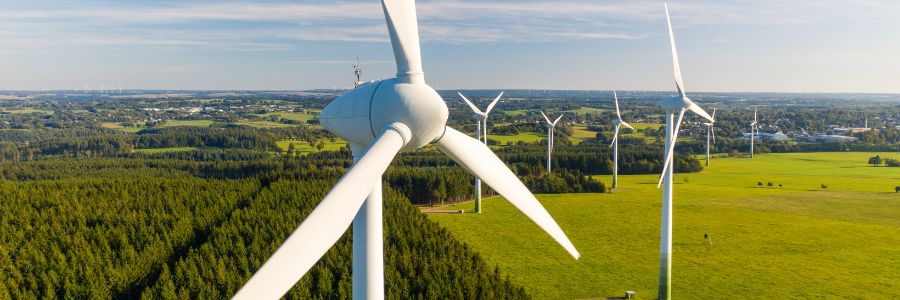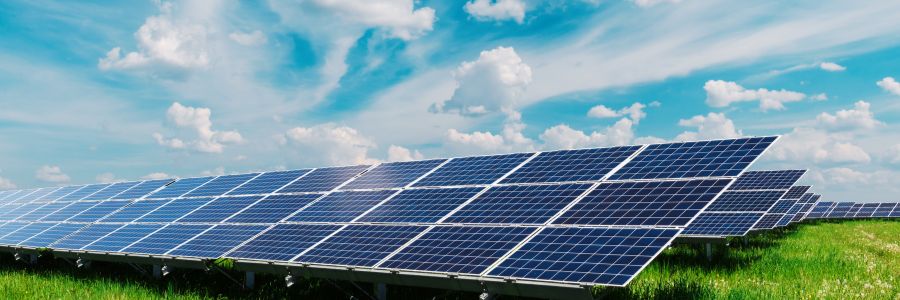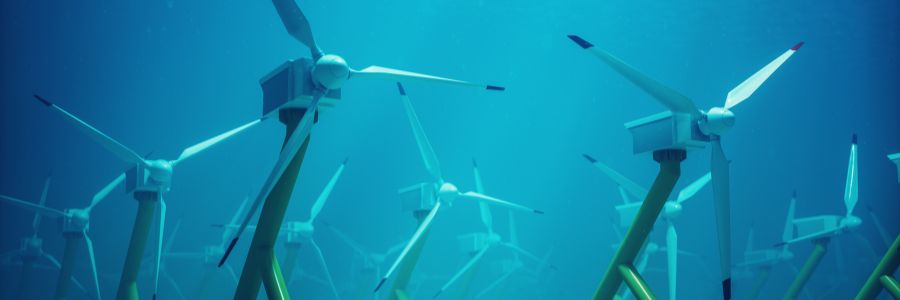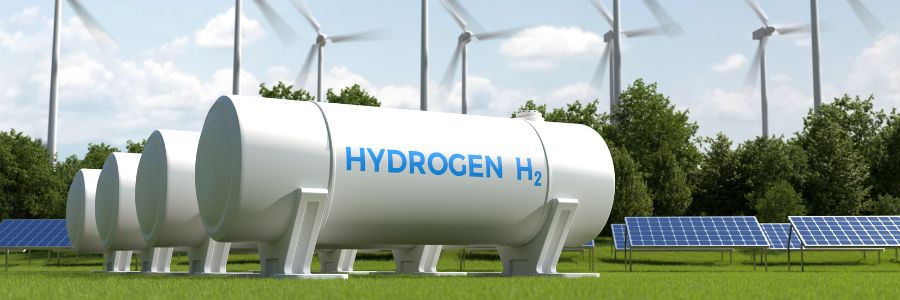The energy industry is undergoing a transformative shift towards cleaner, more sustainable power solutions. Global annual renewable capacity additions increased by almost 50% to nearly 510 gigawatts (GW) in 2023.
As we move towards a renewable future, the pursuit of reliable and eco-friendly energy sources and innovative solutions continues to gather pace.
This article presents the top ten energy sources poised to power our world in the coming decades, highlighting their potential and the technological advancements driving their adoption.

Wind turbines convert wind’s kinetic energy into electrical power. It is one of the most developed forms of renewable energy, providing 7.33% of global electricity production in 2022. The capacity is expected to grow to 20% of global electricity by 2030.

Solar energy turns sunlight into electricity using photovoltaic (PV) panels. In 2022, solar power supplied about 4.5% of global electricity, a figure expected to rise sharply. The International Energy Agency (IEA) predicts solar energy capacity could quadruple by 2030.

Geothermal uses Earth’s internal heat to generate electricity and provide heating. It involves drilling into geothermal reservoirs and bringing hot water and steam to the surface. Geothermal energy provides less than a per cent of the world’s electricity. However, the figure is growing, and the technology has multiple uses, including direct or district heating, which cuts electricity needs.

Biomass energy involves burning organic matter like wood or waste products to produce heat or electricity. It accounts for about 6% of the world’s total power supply. The future of biomass depends on the growth of other energy sources. Under the IEA’s Net Zero scenario, biomass is set to fall away since the burning process produces CO2. However, it has a much lower carbon footprint than burning fossil fuels and will likely play a significant role for many years.

Hydroelectric captures energy from flowing water. It is the most established form of renewable energy, contributing about 14% of the world’s electricity in 2023.
Geographic and environmental constraints may constrain hydro’s future growth, but improvements in efficiency and low-impact technologies offer continued growth potential. Hydropower has also been shown to be an excellent way to store energy from other renewable sources, such as wind and solar.

Tidal energy generates power through the water movement created by sea levels’ tidal rise and fall.
It is still in the developmental stage but holds vast promise due in part to its predictable nature compared to other renewable sources. Current installations are small, but test cases, like those ongoing in the Faroe Islands, show great initial results.

Wave energy uses waves’ movement to generate electricity. Devices are placed on the ocean’s surface and convert waves’ up-and-down movements into electrical power.
While current projects are small-scale, the global possibilities are vast. A World Energy Council report states that wave energy has the potential to provide up to 10% of the world’s energy needs.

Nuclear fusion is often considered the holy grail of energy sources. It aims to replicate the sun by fusing hydrogen atoms to create helium. This process releases vast amounts of energy and should provide near-limitless, non-polluting energy.
The technology involved is very complex and has been slow to develop, but advances in magnetic confinement, laser technologies and recently AI mean that fusion could become a reality sooner rather than later.

Hydrogen energy uses hydrogen for heat, electricity generation, or vehicle fuel. As a fuel, it releases energy without producing any harmful emissions.
Ongoing projects are looking to use surplus energy production (especially from renewables) to power the different processes used to create hydrogen.

As the list above illustrates, the future of energy involves a mix of different technologies and solutions. It is also likely an incomplete mix. To add a few more unusual ones, space mirror microwave energy, energy from algae production, magma, or even dance floors and roads could form part of it.
One conclusion is that energy will see a dynamic shift towards cleaner, more sustainable sources in the near future. This movement emphasizes the importance of innovation and adaptation.
For energy companies, new technologies will play a critical role in maximizing the benefits of a more complex energy matrix that includes more unpredictable production from solar and wind. They also need to consider the growing energy demand and what it all means for existing infrastructure.
Solutions like advanced smart charging for EVs are crucial in such a scenario. These systems help manage energy demand, reduce peak loads, and ensure grid stability. Consumers also play a vital role by adopting EVs and taking advantage of intelligent charging options, which offer economic and environmental benefits.
This type of collaboration between energy providers and users will be vital to maximizing the potential of these new energy sources.
By embracing change and investing in the future, we can build a resilient and sustainable energy landscape that supports growth and protects our planet for future generations.